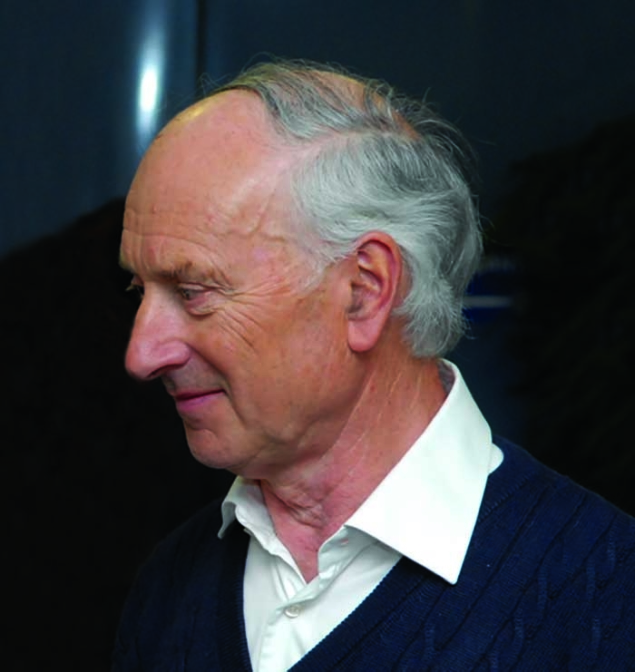
The world of radio-frequency (RF) technology lost an outstanding inventor and leader when Daniel Boussard passed away on 6 January. Daniel made vast contributions to the design of RF systems for accelerating and controlling particle beams. He furthered our understanding in particle-beam dynamics and in the intricacies of controlling high-intensity beams. He was a technical innovator across low- and high-power electronics, right through to the sophisticated RF cavities required in the accelerators.
Daniel started at CERN in the late 1960s, working on the PS machine, but was soon recruited to design the beam control systems for the then new SPS accelerator. He made observations of the microwave signals disrupting the beams, putting forward his famous criterion for avoiding them. This started a programme that continues at CERN to this day to understand and control parasitic impedances, which drive beam instabilities, and to invent methods to counteract their effect. With increasing intensity in the SPS, formerly unobserved beam instabilities raised their heads. To deal with this, Daniel pioneered the use of new digital electronics, incorporating them in the one-turn feedback system that he invented to subdue the instabilities.
In the SPS, thoughts quickly turned towards using the machine for the P-PBAR project. Here the problem was to understand and control the noise sources inherent in the RF systems, which destroyed the circulating beams. Pinpointing the critical elements and finding solutions increased the lifetime of the beams from minutes to hundreds of hours.
To accelerate leptons in the SPS for the new LEP accelerator required high RF voltages. Daniel dared to consider installing, for the first time, a superconducting cavity into an environment with high-intensity proton beams. While helping to accelerate the leptons to higher LEP injection energies, it was essential to make this cavity “invisible” to the high-intensity proton beams. He solved this by using sophisticated RF feedback techniques, and the SPS subsequently happily “multi-cycled” protons and leptons for the lifetime of LEP. In these areas, Daniel became an acknowledged leader in the world and his ideas are essential to all modern machines.
With his extensive knowledge of superconducting (SC) RF systems, Daniel was asked to lead the project to install the huge SC RF cavities required for the LEP energy upgrade. While the cavities themselves had to be technically robust, careful design of the electronics to control the voltage and cope with unexpected problems (such as ponderomotive oscillation instabilities) was essential. The experience and understanding gained from SC RF systems in the SPS and in LEP led to their selection for the LHC, and Daniel led the design and implementation of these highly successful accelerating elements.
The tutorials and lectures given by Daniel at CERN accelerator schools on beam loading, RF noise and Schottky diagnostics have become classical references, continuing to serve generations of scientists all over the world. He mastered the art of explaining complex issues in a simple manner.
As a leader, Daniel was kind, fair and highly esteemed, giving clear and carefully thought-out decisions. The remarkable person he was, he took good care of the people entrusted to him and gave honest credit to all those working with him. His natural authority derived from his human qualities and his undoubted technical expertise.
He greatly loved the mountains, going on long hikes both on foot and on skis. It is not surprising, knowing his CERN career, that in his retirement in the south of France Daniel built a guided solar-panel array and became mayor of his village, Valavoire.








